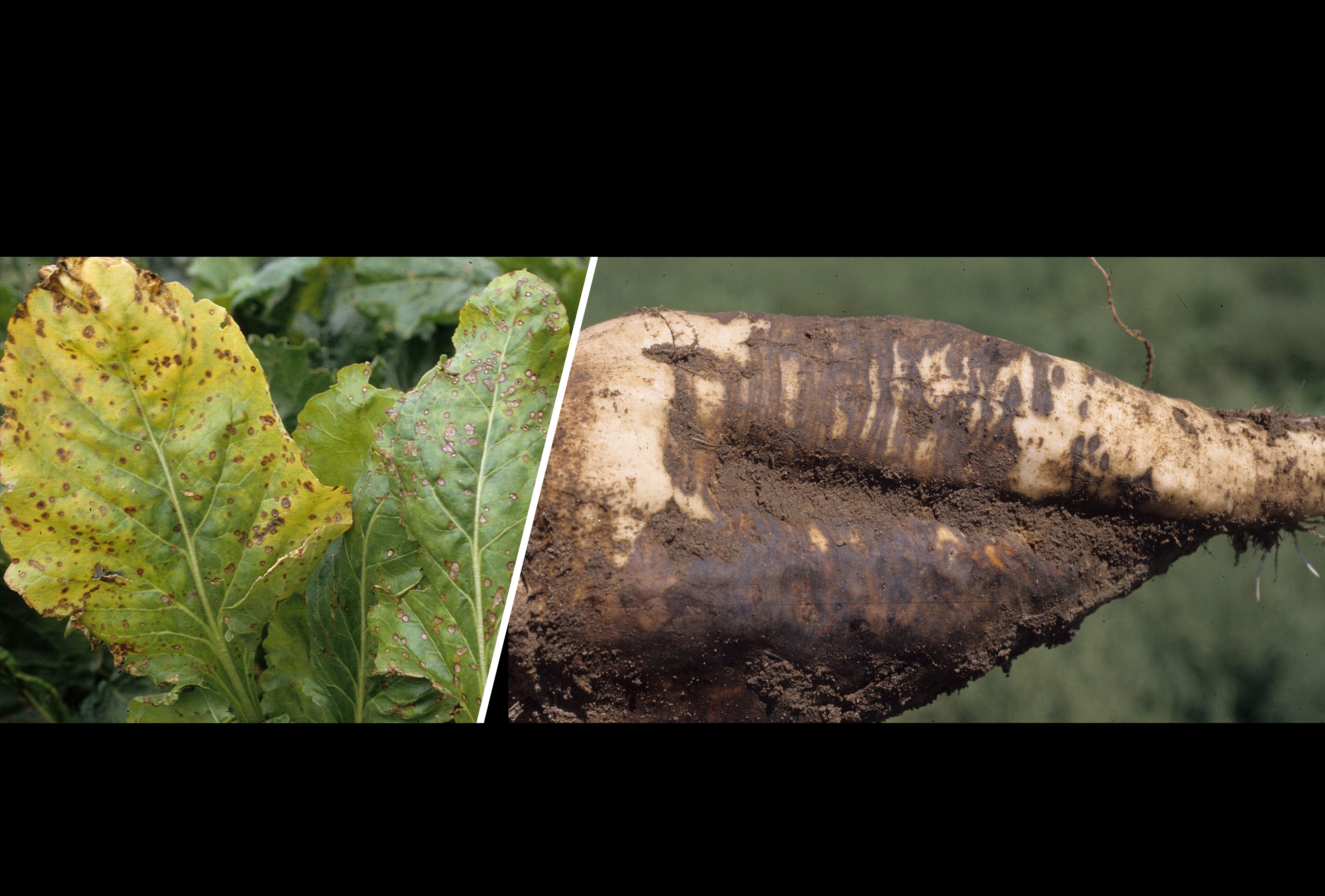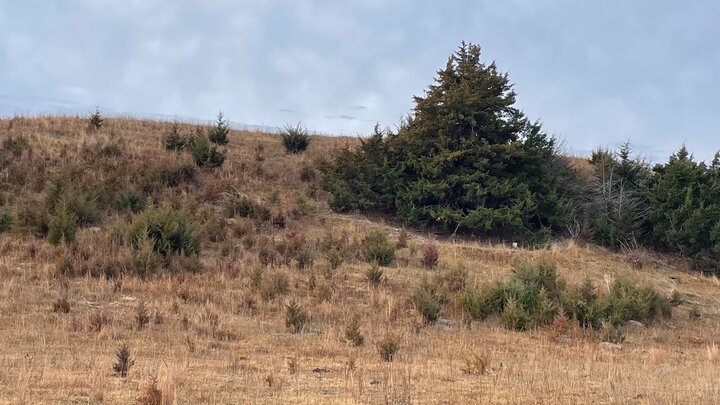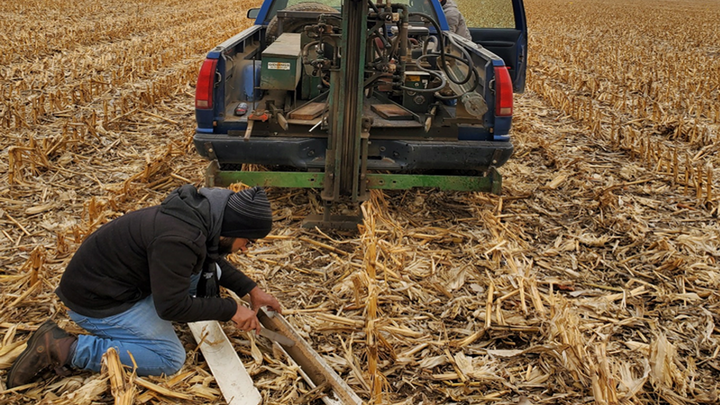By Robert Harveson, Extension Plant Pathologist
Pathogen
Beet Curly Top Virus, BCTV (Geminivirus). Virus structure: geminate (twinned) particles containing single-stranded DNA. Virus is vectored by the beet leafhopper (Circulifer tenellus), and has an extensive host range that includes over 300 species in 44 plant families. The vector can acquire the virus after several minutes of feeding on an infected plant, and may transmit the virus for a month or longer. Viral populations are also made up of a complex of different strains that vary in host range and symptoms. The pathogen is widely distributed over the western United States, and is present in other semi-arid areas of Europe, Africa, and Asia.
Disease Symptoms
Leaves of susceptible cultivars are dwarfed, crinkled, rolled inward, and cupped upward. Veins on the underside of leaves are roughened and often produce swellings or spine-like outgrowths. Roots are stunted and may exhibit a proliferation of secondary rootlets. Phloem tissues become necrotic and appear as dark rings when taproots are viewed in cross section. Delayed infection results in milder plant symptoms.
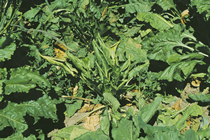
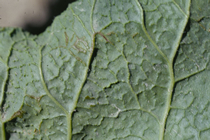
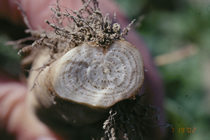
Favorable Environmental Conditions
Disease is dependent upon the vector, which is primarily a desert insect. Leafhoppers move into sugar beet fields from weed hosts as they desiccate and die in rangeland and other non-irrigated areas. Leafhoppers can survive on a wide range of plants, but the Russian thistle is one of the most important for breeding purposes.
Management
Genetic Resistance
Planting resistant cultivars that are locally adapted to the production area is an important management practice
Cultural Practices
Vector management practices are generally based on scouting to determine economic thresholds needed for treatment.Practices that delay infection are also useful, such as early planting and weed management to reduce reservoirs of the virus and vector.
Chemical / Biological Control
Insecticides can be used to reduce vector numbers in rangeland. The use of soil and seed applied insecticides in beet fields can reduce vector populations and slow the rate of disease development.
Links
No additional links to information are given at this time.
